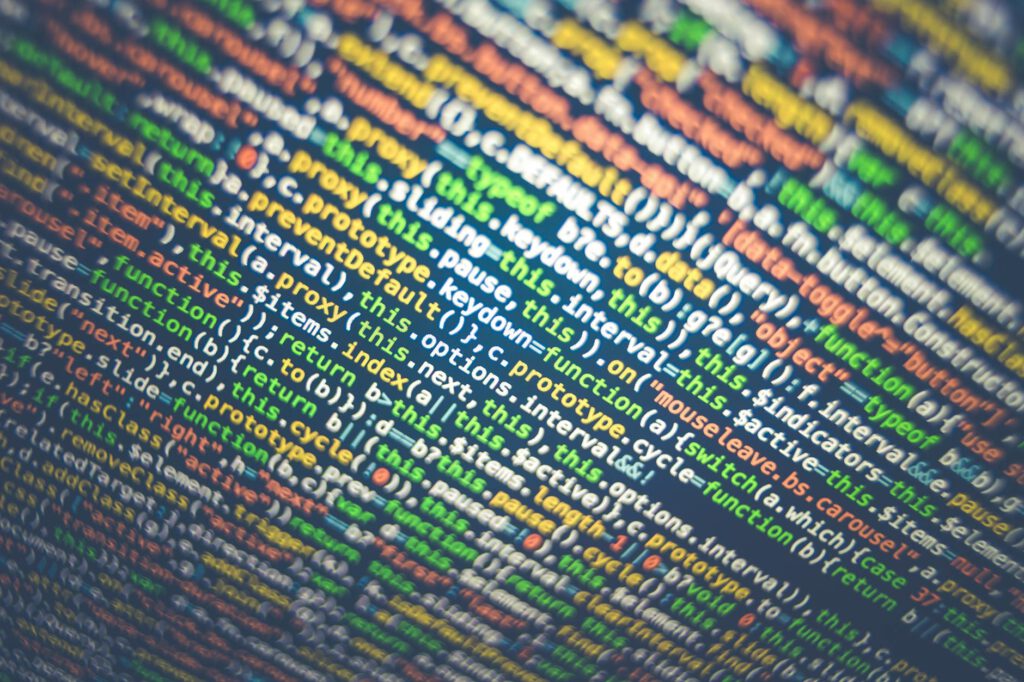Introduction
In today’s fast-paced digital world, students no longer need to rely solely on coding skills to bring their ideas to life. Whether it’s building a personal website, launching a startup MVP (Minimum Viable Product), or creating an app for a class project, no-code tools have revolutionized the way students approach digital projects. These platforms empower users with drag-and-drop interfaces, pre-built templates, and automation features—eliminating the steep learning curve of traditional programming.
For students, no-code tools offer a cost-effective, time-efficient, and accessible way to develop professional-grade digital products. This article explores the best no-code apps for students, practical steps to get started, and key strategies for success.
Why No-Code Tools Are Perfect for Students
No-code platforms are ideal for students for several reasons:
- No Technical Expertise Required – Students can focus on creativity and problem-solving rather than debugging code.
- Affordable or Free Options – Many no-code tools offer student discounts or free tiers.
- Fast Development – Prototypes and MVPs can be built in hours instead of weeks.
- Real-World Skill Development – Learning no-code tools enhances digital literacy, UX/UI design, and entrepreneurial skills.
With these advantages, students can quickly validate ideas, showcase portfolios, or even launch side hustles without writing a single line of code.
Best No-Code Apps for Building Websites
1. Wix
Wix is a beginner-friendly website builder with drag-and-drop functionality, AI-powered design assistance, and hundreds of templates.
Example Use Case:
A student creating an online portfolio for internships can use Wix’s pre-designed layouts, customize sections for projects, and integrate a blog to showcase writing samples—all without coding.
2. Webflow
Webflow combines design flexibility with CMS (Content Management System) capabilities, making it great for dynamic websites.
Why Students Love It:
– Visual design control (like Photoshop for websites).
– Built-in SEO tools to improve search rankings.
– Free starter plan for learning.
3. Squarespace
Known for sleek, professional templates, Squarespace is perfect for students who prioritize aesthetics.
Best For:
– Photography portfolios.
– Small business websites (e.g., freelance services).
No-Code Tools for Building MVPs
1. Bubble
Bubble is a powerful no-code platform for building web applications with databases, user authentication, and API integrations.
Steps to Build an MVP with Bubble:
1. Define Your Idea – Outline core features (e.g., user profiles, payment processing).
2. Use Pre-Built Templates – Start with a template matching your project (e.g., social network, marketplace).
3. Customize Workflows – Drag-and-drop elements to design UI and logic.
4. Test & Launch – Share a live demo with peers or potential users.
2. Adalo
Adalo specializes in mobile apps, allowing students to create iOS and Android apps without coding.
Example:
A student developing a campus event app can use Adalo’s database to list events, enable RSVPs, and send push notifications.
3. Glide
Glide turns spreadsheets into apps instantly. Ideal for simple data-driven applications.
Use Case:
A class project tracking survey results can be transformed into an interactive dashboard with Glide.
Strategies for Success with No-Code Development
1. Start Small, Iterate Fast
Focus on core functionalities first. For example, if building a tutoring platform, prioritize booking and payment features before adding extras like reviews.
2. Leverage Templates
Most no-code tools offer templates for common use cases (e.g., blogs, e-commerce). Customizing these saves time.
3. Learn Basic UX Principles
Even without coding, good design matters. Study free resources like Google’s UX Design Course or Figma tutorials.
4. Use Integrations
Connect tools like Zapier or Airtable to automate workflows (e.g., auto-sending emails when a form is submitted).
Essential No-Code Resources for Students
Free Learning Platforms:
- No-Code School (YouTube tutorials).
- Makerpad (Guides on Bubble, Webflow, etc.).
Student Discounts:
- Figma (Free for students).
- Canva Pro (Free with a school email).
Communities:
- No-Code Founders (Slack group).
- r/nocode (Reddit forum).
Frequently Asked Questions (FAQs)
1. Can no-code apps replace traditional coding?
For simple to moderately complex projects, yes. However, highly customized or scalable applications may still require coding.
2. Are no-code websites SEO-friendly?
Yes! Platforms like Webflow and Wix include SEO tools for optimizing meta tags, URLs, and mobile responsiveness.
3. How much does it cost to build a no-code MVP?
Many tools offer free tiers. A basic MVP can cost $0–$50/month, while advanced features may require premium plans.
4. Can I sell products using no-code tools?
Absolutely. Platforms like Shopify (for e-commerce) or Gumroad (for digital products) require no coding.
5. What if I outgrow no-code tools?
You can export data or migrate to custom-coded solutions later. No-code is a great starting point.
Conclusion
No-code tools have democratized digital creation, allowing students to turn ideas into functional websites and MVPs quickly and affordably. From portfolio sites on Wix to mobile apps on Adalo, the possibilities are endless—without the need for programming knowledge.
By leveraging templates, automation, and student-friendly resources, ambitious learners can build professional projects, gain valuable skills, and even launch startups. The key is to start small, experiment often, and embrace the iterative nature of no-code development.
Whether you’re a business student testing a startup idea or a design student showcasing your work, no-code platforms provide the perfect launchpad for innovation. The future of digital creation is here, and it’s accessible to everyone.

